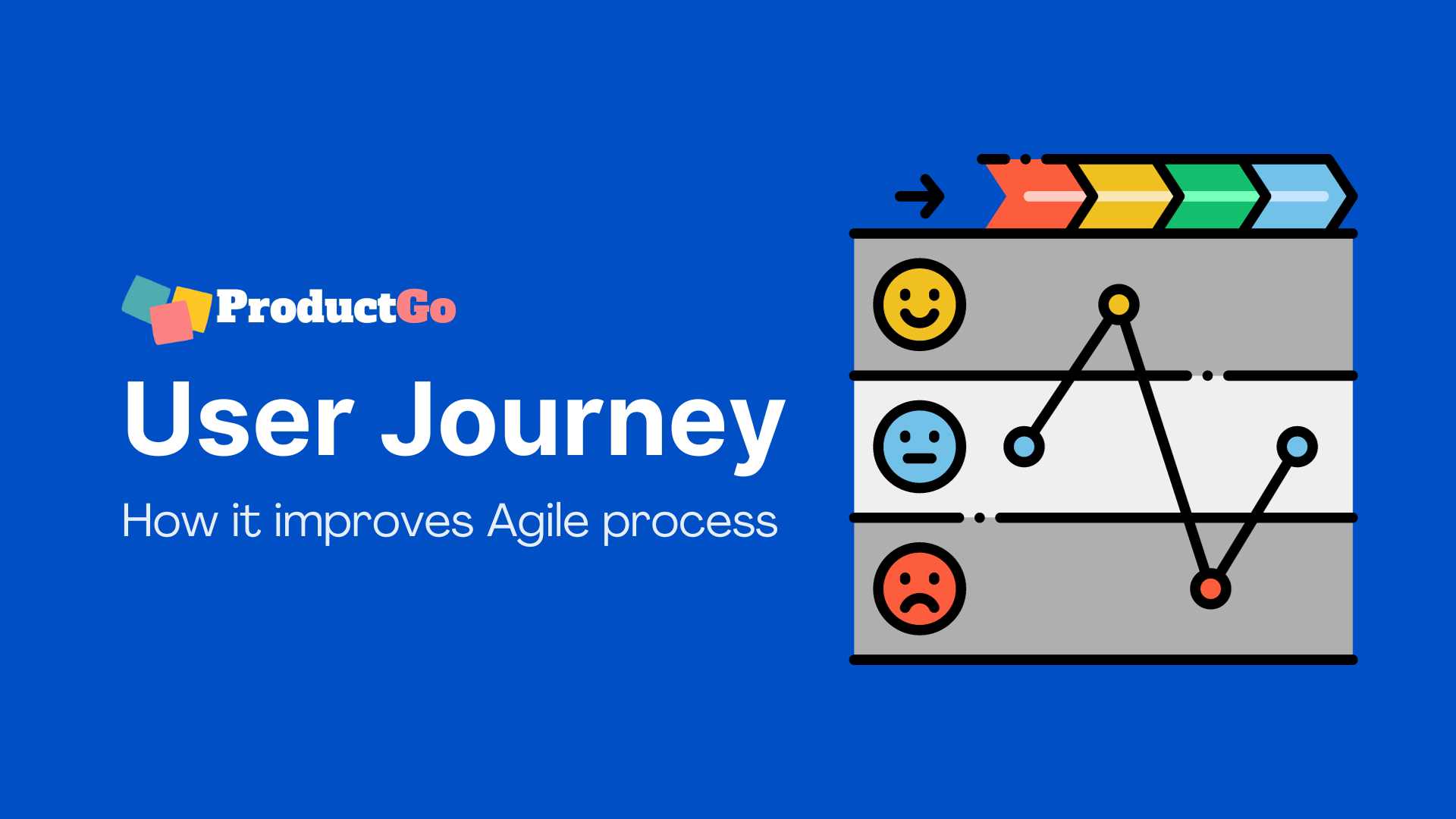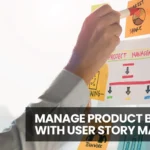In the dynamic realm of product development, understanding and meeting user needs are fundamental to success. It’s no longer sufficient to merely offer a functional product; the true essence of innovation lies in crafting an experience that resonates with your target audience.
In this fast-paced landscape, the user journey emerges as a pivotal concept, offering a path for developers to empathize with their users and view their creations from a user-centric perspective.
Table of Contents
Understanding User Journey Mapping
A user journey is a user’s path when interacting with your product or service. It encompasses their entire experience, from the moment they become aware of your offering to the point where they achieve their goals or complete specific tasks using your product. Understanding this journey is akin to stepping into your users’ shoes, allowing you to see your product from their perspective.
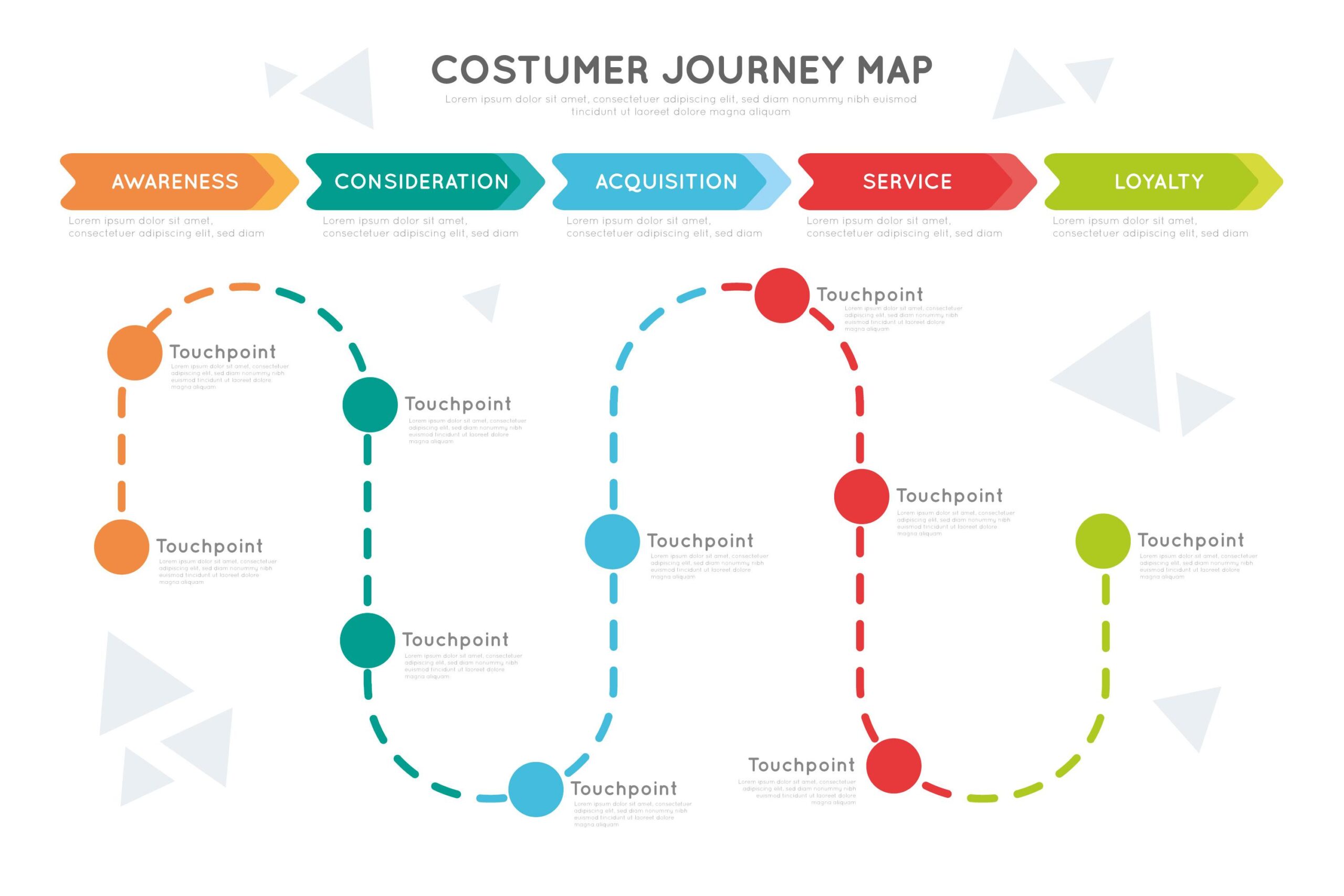
In the fast-paced world of product development, understanding your users is paramount. It’s not just about creating a functional product; it’s about crafting an experience that resonates with your target audience. This is where the concept of the user journey comes into play.
At the heart of user journey mapping lies a fundamental principle of customer-centered design. User-centered design is an approach that prioritizes the needs and preferences of users in every phase of product development.
Benefits of Incorporating User Journey
Incorporating user journey mapping into Agile processes offers a multitude of benefits that go beyond the confines of traditional development methodologies.
Enhanced User-Centricity
User journey mapping fosters a deep understanding of your customers’ needs, motivations, and pain points. In the Agile context, this means that every development decision is rooted in user-centricity.
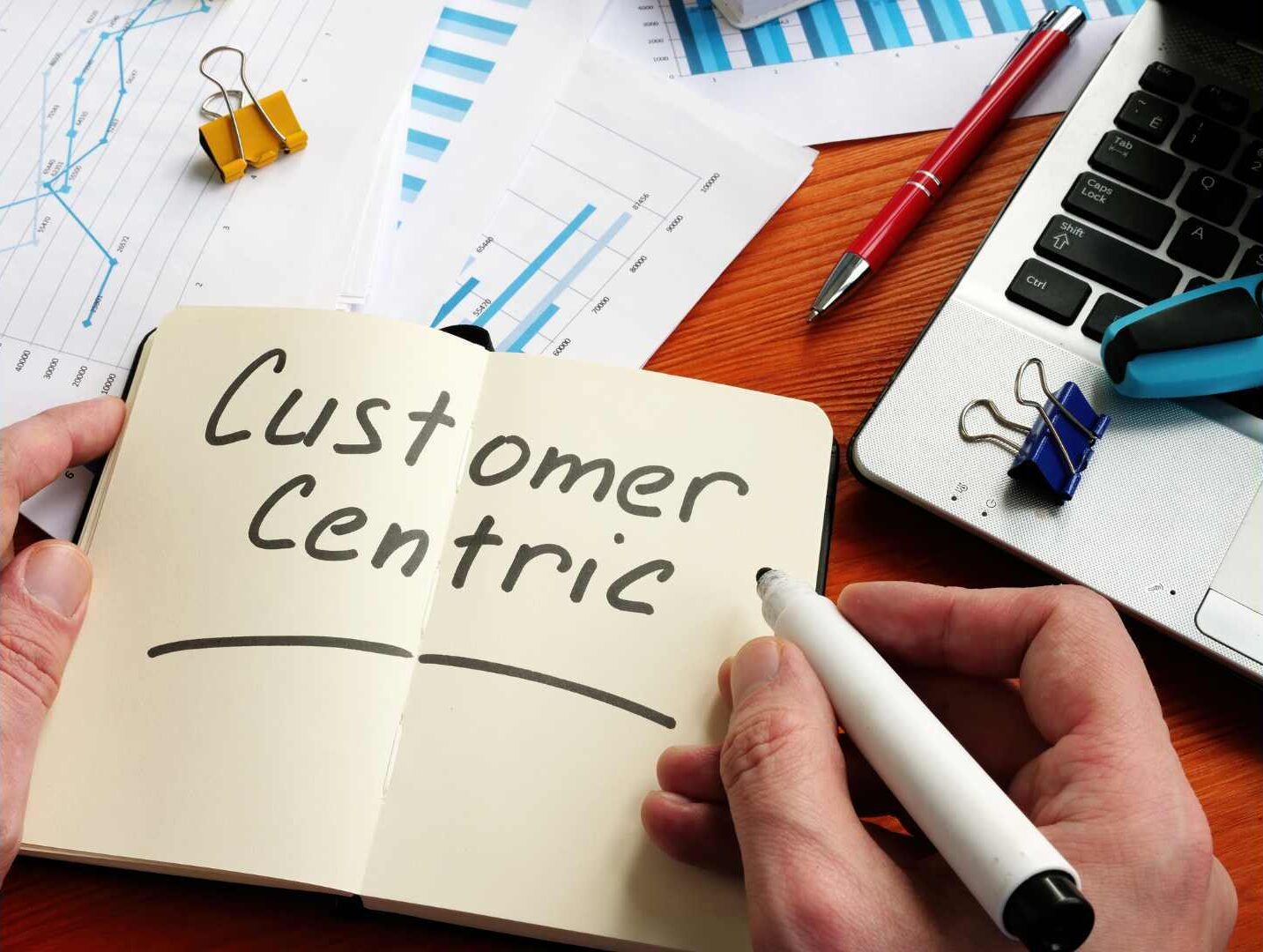
This laser focus on customer needs ensures that the product aligns more closely with user expectations, ultimately leading to higher levels of user satisfaction.
Improved Product Quality
When user journey mapping becomes an integral part of Agile processes, it acts as a quality assurance mechanism. By visualizing the entire user experience, teams can identify potential bottlenecks, usability issues, or areas of friction.
Early detection of these problems allows for swift resolution and refinement before they can affect the end product.
Increased Customer Retention and Loyalty
A delightful user experience isn’t just about attracting new customers; it’s also about retaining and nurturing existing ones. User journey mapping in Agile processes provides a clear roadmap for enhancing the user experience over time.
Satisfied customers are not only less likely to churn but also more likely to become advocates, spreading positive word-of-mouth and contributing to customer growth.
Efficient Resource Allocation
Agile development emphasizes flexibility and adaptability. When user journey mapping is integrated into this framework, it becomes easier to allocate resources efficiently.
This strategic resource allocation leads to a more streamlined development process and optimized use of resources.
Agile Evolution
Agile methodologies thrive on constant evolution and refinement. User journey mapping fits seamlessly into this iterative approach.
This adaptability ensures that the product remains aligned with evolving user needs and preferences.
How User Journey Enhances Agile
Integration of User Journey Mapping into Agile Methodologies
User journey mapping can be seamlessly integrated into Agile methodologies such as Scrum and Kanban, enhancing the overall development process. Here’s how:
- Scrum: In Scrum, user journey maps can be used as a valuable tool during sprint planning and backlog refinement. Teams can create and review user journey maps to gain a holistic understanding of user needs and prioritize user stories accordingly. The user journey can also help Scrum teams define the scope of a sprint and set sprint goals, ensuring that each sprint delivers value aligned with the user experience.
- Kanban: Kanban’s visual nature aligns well with user journey mapping. User journey maps can be represented on the Kanban board to provide a clear overview of the entire user experience. As user stories progress through the workflow, teams can visualize how they contribute to the user journey, helping to ensure that work items remain user-centric and that blockers are addressed promptly.
Influence of User Journey on Sprint Planning and Backlog Refinement
- Sprint Planning: User journey maps provide a roadmap for sprint planning. Teams can reference the user journey to select user stories that align with the next steps in the journey. By doing so, sprint planning becomes more focused on delivering value that directly contributes to the overarching user experience.
- Backlog Refinement: During backlog refinement sessions, user journey maps help teams assess the relevance of user stories and features. They can identify gaps in the user journey and address them by adding or refining user stories in the backlog.
Practical Steps to Implement User Journey in Agile
Here are six practical steps to help Agile teams implement user journey mapping into their development process effectively:
1. Define Clear Objectives:
Identify Your Goals: Begin by setting clear objectives for integrating user journey mapping into your Agile process. Determine what you want to achieve, whether it’s improving user satisfaction, enhancing product quality, or increasing customer retention.
2. Create User Personas:
Develop User Personas: Before diving into user journey mapping, create well-defined user personas. These personas represent different user types and their specific needs and behaviors. Customer personas will serve as the foundation for your user journey maps.
Manage your user persona with ProductGo – Agile User Story Maps, Roadmaps & Persona for Jira
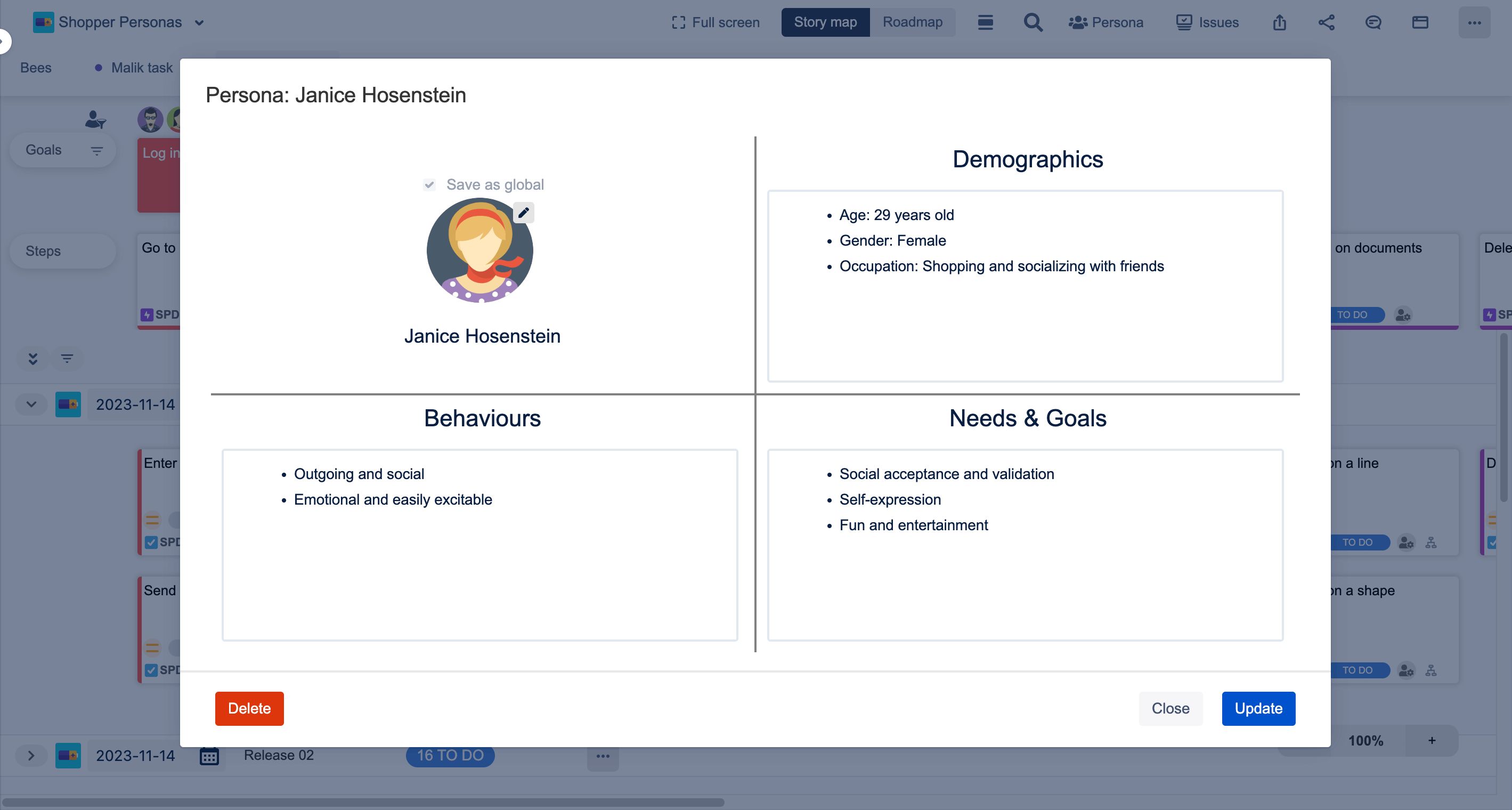
3. Map Out the User Journey:
Identify User Touchpoints: Outline the key touchpoints where users interact with your product or service. This includes initial awareness, onboarding, core interactions, and any potential exit points.
Document User Steps and Emotions: For each touchpoint, detail the steps users take and the emotions they may experience. Understanding both the practical and emotional aspects of the journey is crucial.
Visualize the Journey: Create a visual representation of the user journey. You can use software tools, whiteboards, or even pen and paper to sketch out the journey. Include user personas, steps, and emotions to make it comprehensive.
4. Integrate User Journey into Agile Practices:
Sprint Planning: During sprint planning, reference the user journey to select user stories that align with the next steps in the journey. Prioritize stories that address critical touchpoints or pain points for your users.
Backlog Refinement: In backlog refinement sessions, assess the relevance of user stories in the context of the user journey. Ensure that stories are aligned with the overarching user experience and identify gaps in the journey.
5. Regular Iteration and Feedback:
Iterate Continuously: User journey mapping is not a one-time activity. It should evolve alongside your product and user needs. Regularly revisit and update the maps to reflect changes in the user experience.
Gather User Feedback: Actively seek user feedback to validate and refine your user journey maps. User testing, surveys, and interviews can provide valuable insights into how well your product aligns with the mapped journeys.
6. Foster Cross-Functional Collaboration:
Collaborate Actively: Involve cross-functional team members, including designers, developers, product owners, and testers, in the user journey mapping process. Different perspectives will lead to a more comprehensive understanding of the user experience.
Promote Communication: Encourage open communication within the team by using the user journey map as a shared reference point. This ensures that everyone is aligned with the user-centric goals of the project.
Challenges and How to Overcome Them
Time Constraints
Agile projects often operate on tight schedules, leaving limited time for comprehensive user journey mapping.
Solution: Prioritize mapping the most critical user journeys first. Start with key touchpoints and gradually expand as time allows. Consider using lightweight mapping techniques to save time initially.
Keeping Maps Updated
User journeys evolve as products and user needs change, making it challenging to keep maps up to date.

Solution: Schedule regular reviews and updates of user journey maps as part of your Agile process. Use feedback from user testing and customer support to inform updates. Make map maintenance a team responsibility.
Resistance to Change
Team members or stakeholders may resist adopting user journey mapping, seeing it as an additional overhead.
Solution: Educate the team on the benefits of user journey mapping, emphasizing how it enhances user-centricity and aligns with Agile principles. Start with small, low-risk mapping exercises to build buy-in gradually.
Over-Complexity
User journey maps can become overly complex, making it challenging to extract actionable insights.
Solution: Focus on simplicity. Keep maps clear and concise, emphasizing the most critical user interactions. Use visualization techniques that make it easy for team members to understand and engage with the maps. Avoid unnecessary details.
Sum Up
Incorporating user journey mapping into Agile processes isn’t just a best practice; it’s a transformative step towards delivering remarkable user experiences. By embracing the user journey, Agile teams anchor themselves in user-centricity, resulting in higher levels of user satisfaction.
This methodology acts as a quality assurance mechanism, identifying and resolving issues before they tarnish the end product. Furthermore, it paves the way for increased customer retention and loyalty, as satisfied users are not only more likely to stay but also to advocate for your product.

